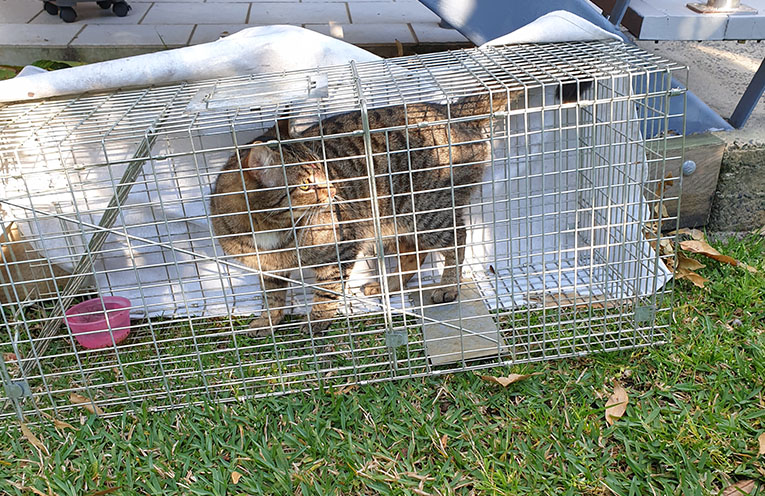
THERE is a movement which is aimed at protecting our native species and it falls back on cat owners being responsible.
In particular domestic cats should be contained at night when they pose the greatest risk to our native species.
 Advertise with News of The Area today.
Advertise with News of The Area today.It’s worth it for your business.
Message us.
Phone us – (02) 4981 8882.
Email us – media@newsofthearea.com.au
Cats are born hunters and domestic cats collectively kill 390 million animals annually.
Sadly only 29% of domestic cats are kept inside 24 hours a day leaving around 2.7 million domestic cats roaming and hunting.
Just one individual roaming pet cat can kill 186 reptiles, birds and mammals each year.
A study found that of the cats kept in at night, 39% sneak out.
Pet cats kill 30-50 times more animals per square kilometre around town than feral cats do in the bush.
The NSW and Australian Governments, together with expert scientists, regularly identify that inappropriately controlled domestic cats are associated with native wildlife loss / biodiversity decline, can contribute to the feral cat issue in Australia, are a potential vector for disease and pathogens for people, animals and wildlife and can cause community nuisance.
It is also widely recognised that local governments play a key role in domestic cat management under state and local law, particularly in urban communities.
Matt Bell, MidCoast’s Senior Ecologist, told News Of The Area, “In recognition of the impacts of domestic cats, MidCoast Council adopts a range of cat prohibitions or confinement/curfew instruments within approvals for new developments, such as residential subdivisions, caravan parks and manufactured home estates.”
These decisions are applied on a case by case basis, using expert evidence.
“In the specific circumstances where a new development is proposed on a site that is adjoining, within or proximal to a significant environment / natural area where an at risk native species is present, then Council tends to strategically adopt domestic cat prohibition instruments (applied as a restriction as to user or public positive covenant under the Conveyancing Act 1919 or condition of consent in a community management scheme).”
At risk species from domestic cats include Brush-tailed Phascogales, Eastern Chestnut Mouse, New Holland Mouse, Long-nosed Potoroos and Squirrel Gliders.
“These species are frequently predated by domestic and feral cats, which can hunt local populations to extinction,” Matt said.
The management of domestic cats is largely regulated by the NSW Companion Animals Act.
In new developments that are more distant from a significant environment/natural area where at risk native species are present, Council has often utilised cat curfews or confinement indoors or in cat runs through restrictive instruments or positive covenants on the title of the land to ensure that cats are prevented from roaming and harming native wildlife that the community values.
Cat curfews and confinements are the second tier of domestic cat control and management near sensitive natural areas in new developments.
In new developments remote from significant natural areas, then no cat exclusion or cat control restrictions or instruments are applied by MidCoast Council.
As such, cat management/controls are applied to developments on a case by case / merits basis, with the level of control triaged on the sensitivity of the surrounding environment and the presence of at risk native wildlife populations.
Free-roaming domestic cats are routinely observed in Council natural area reserves and other environmental areas across the MidCoast region.
By Marian SAMPSON
